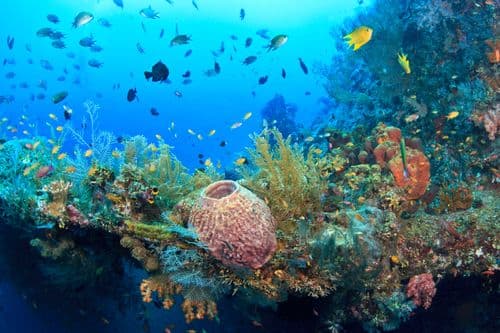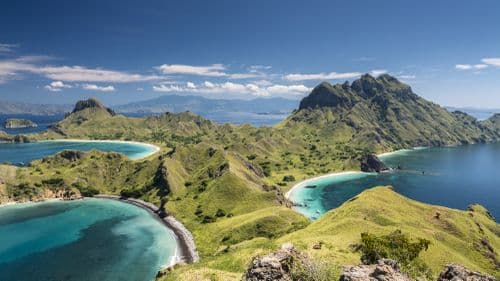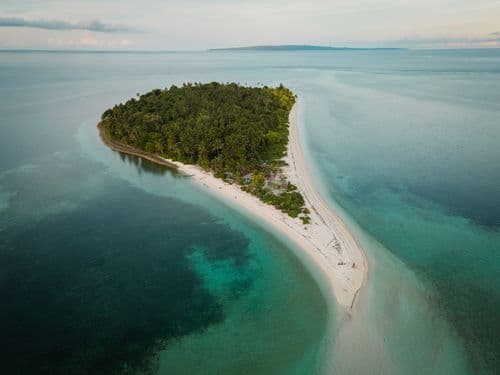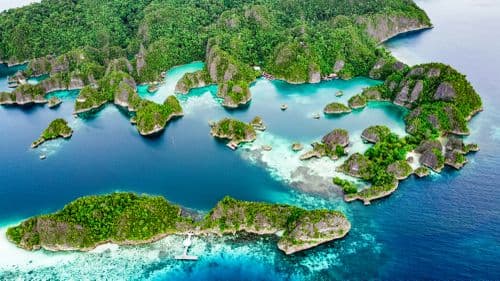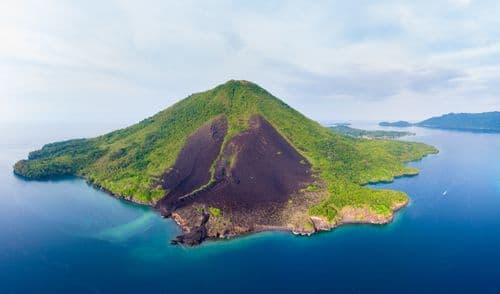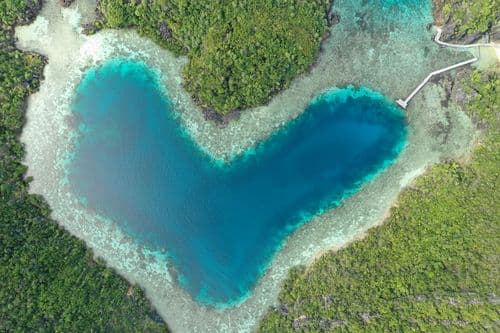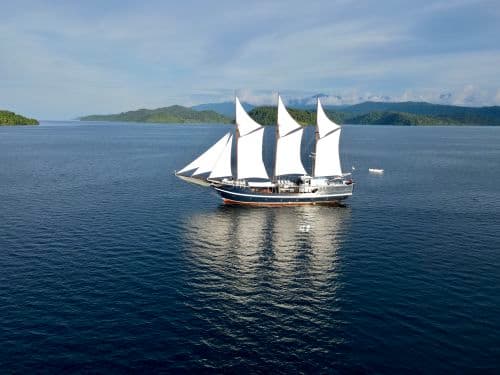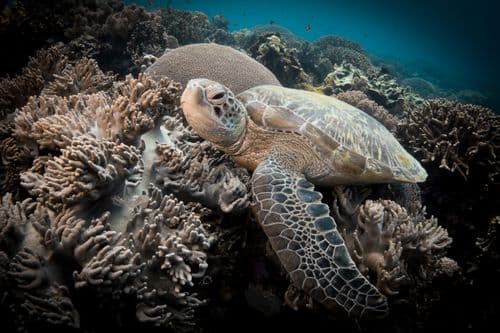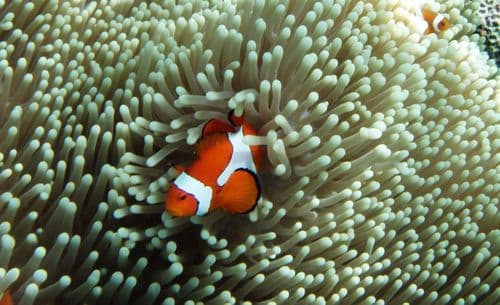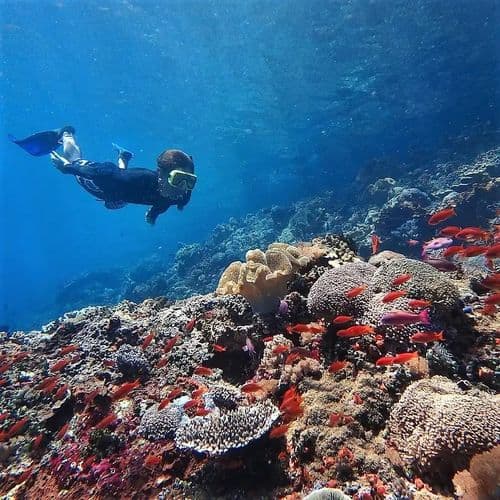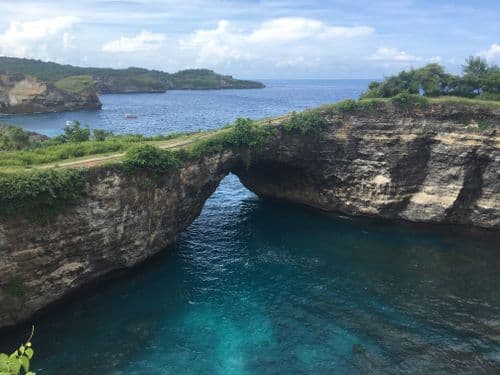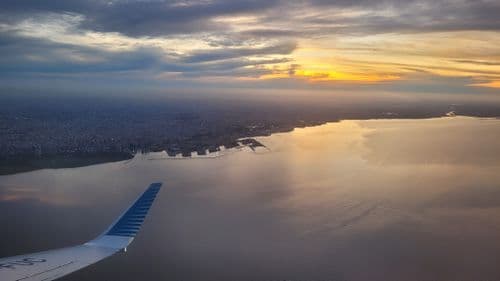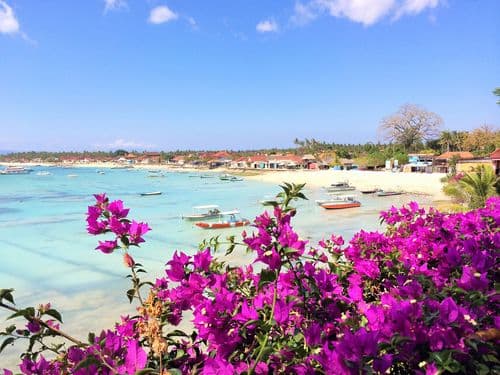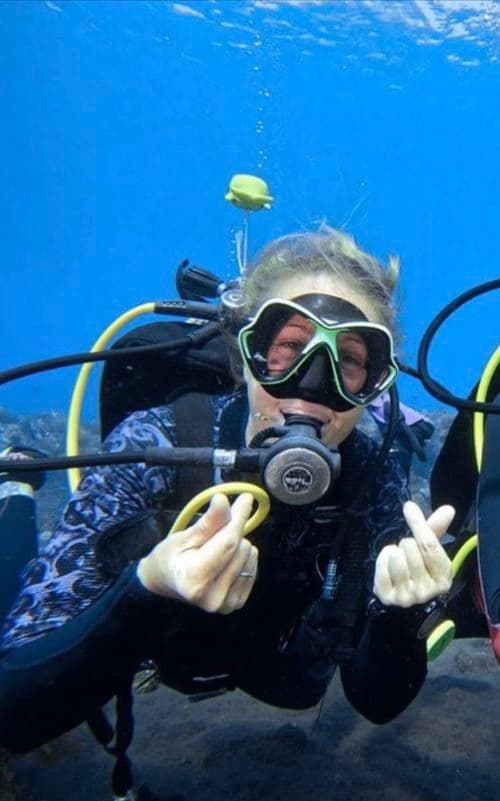
Kawe Island in Raja Ampat
Explore pristine reefs and vibrant marine life in the heart of Raja Ampat.
What you need to know about Kawe
Kawe Island, located in the northern reaches of Raja Ampat, is a hidden gem for divers seeking pristine underwater landscapes and diverse marine life. This equatorial island boasts an impressive array of dive sites, from caves and overhangs to dramatic drop-offs.
What sets Kawe Island apart is its unique underwater topography and the absence of land-based resorts, ensuring a serene and exclusive diving experience. Among the top dive sites are Eagle Rock, known for its manta ray cleaning stations, and Black Rock, where vibrant corals and large schools of fish create a breathtaking underwater scene.
For non-divers, Kawe Island offers plenty of attractions as well. Visitors can enjoy snorkeling in the crystal-clear waters, where they can spot colorful reef fish and corals. Beachcombing and exploring the lush island landscape provide additional ways to enjoy this remote paradise.
Interesting facts about Kawe
Getting there: The best way to explore Kawe Island is by liveaboard, offering easy access to premier dive sites. Alternatively, you can fly to Sorong and join a boat tour from there.
Best time to visit Kawe Island: The ideal time for diving here is from October to April, with water temperatures ranging from 27°C to 30°C (81°F to 86°F). This period offers calm seas and optimal diving conditions.
Diving Conditions: Kawe Island features dive sites with depths ranging from 5 to 40 meters (16 to 131 feet) and visibility often exceeding 30 meters (98 feet). The currents can vary from mild to strong, providing exciting drift dives and encounters with large pelagics.
Our liveaboard trips: Our liveaboard vessels frequently visit Kawe Island as part of longer Raja Ampat itineraries, typically lasting 7-10 days. These trips often include other iconic dive sites such as Wayag and Aljui Bay.
A little-known fact: Kawe Island lies on the equator, allowing divers to experience the unique thrill of diving in both the northern and southern hemispheres during a single dive.
Pictures of Kawe



